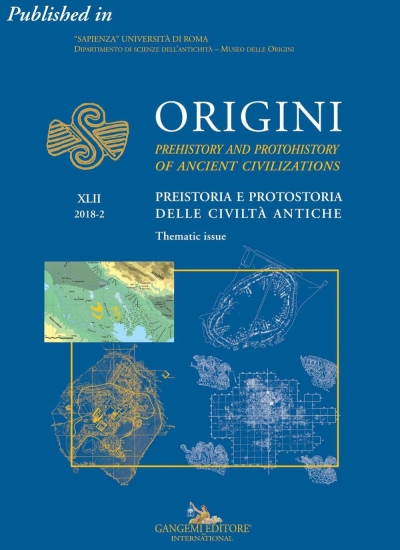Descrizione
Basing themselves in large part on the pioneering work of Robert McCormick Adams, Ancient Near Eastern scholars interested in the origins of urbanism in Mesopotamia have long noticed significant differences in the first urban societies that appeared in Upper and Lower Mesopotamia during the fourth and third millennia BC. Two such differences are crucial: (1) after initial divergences, on average, individual cities in the alluvial lowlands of Mesopotamia were larger than those that emerged in the rain-fed plains of upper Mesopotamia; (2) systems of cities proved to be more enduring and resilient in the south than in the north, where long cycles of urban collapse and reconstitution appear to have been the norm. These long-term developmental differences are due, in part, to geographic differences. On account of their location at the juncture of the Tigris-Euphrates fluvial system and marshes and estuaries at the head of the Persian Gulf, southern Mesopotamian cities functioned as inland ports that could draw more resources from a greater number of complementary ecotones than their land-locked competitors elsewhere, and that did so more cheaply because of inherent – and quantifiable – advantages of water transport over land carriage. Conceptualizing alluvial Mesopotamian cities as resource concentration ports, in turn, raises important questions about the ways in which trade, transport, and industry may have helped structure many of the social and economic institutions that became typical for early southern Mesopotamian civilization – institutions that, once arisen, were widely emulated across the ancient Near East.




